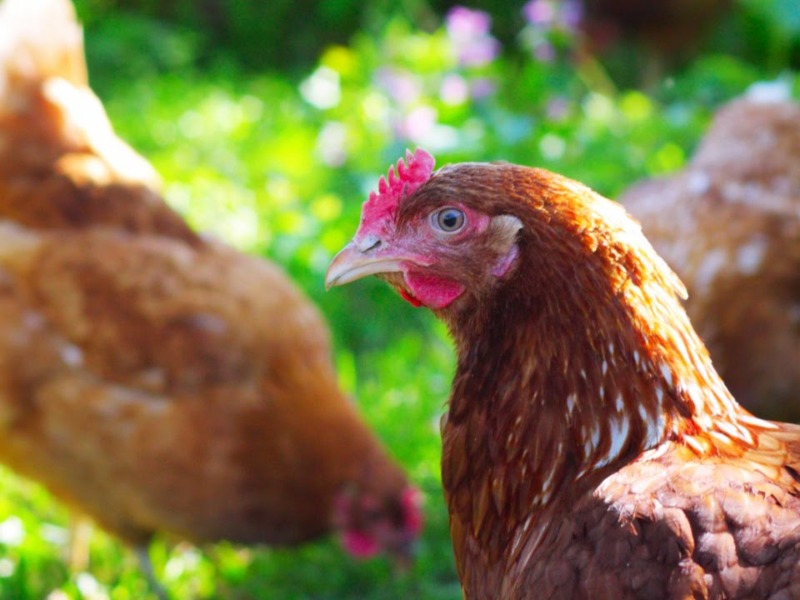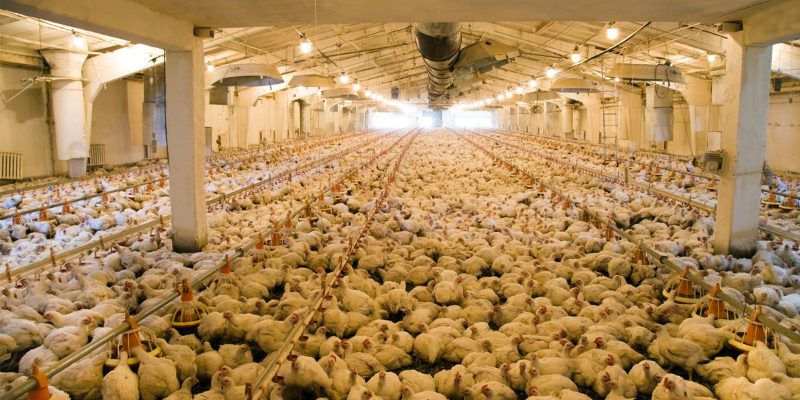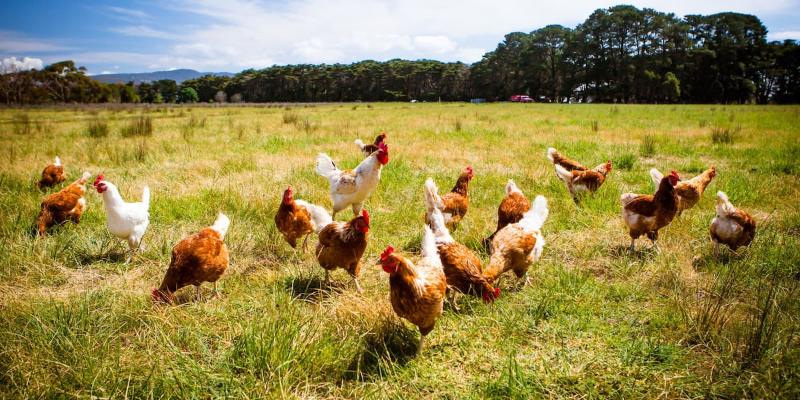
What is the Difference Between Cage-Free and Free Range Chickens?
In recent years, there has been a growing interest among consumers regarding the conditions in which chickens are raised. This has led to widespread discussions about different farming practices, primarily focusing on cage-free and free range chickens. Understanding the difference between cage-free and free range chickens is essential for making informed choices about poultry products.
Cage-Free Chicken Features
Cage-free chickens are raised indoors but are not confined to cages. Instead, they are provided with a spacious indoor environment where they can move freely. Here are some key features of cage-free chickens:
- Housing Conditions: Cage-free hens typically live in large barns or aviaries that allow them to roam, spread their wings, and engage in natural behaviors. These environments are designed to promote better welfare compared to traditional caged systems.
- Social Interaction: Since cage-free hens are not isolated in small cages, they have the opportunity to interact socially with other chickens, which is crucial for their well-being. This social interaction contributes positively to their overall mental health.
- Egg Production: While cage-free systems may offer more humane living conditions, egg production rates can vary. Farmers must manage flock dynamics and ensure adequate food and water supply, which can affect productivity.
- Access to Outdoors: Although cage-free does not guarantee outdoor access, many producers do provide openings for hens to go outside. However, it’s important to note that not all cage-free operations offer this feature.
- Animal Welfare Standards: Many cage-free farms adhere to specific animal welfare certifications, which outline standards for housing, care, and management practices. These standards help ensure that the hens are treated humanely throughout their lives.
- Nutritional Aspects: The diet of cage-free chickens can be higher in nutrients due to better feed quality and potential access to natural foraging opportunities, which might benefit both the hens and the consumers who eat their eggs.
- Consumer Perception: With increasing awareness of animal welfare issues, many consumers prefer cage-free eggs, believing they come from happier and healthier birds. This consumer demand has driven many producers to transition from conventional cages to cage-free systems.
- Cost Implications: Producing cage-free eggs generally incurs higher costs than traditional caged systems. This can lead to a higher retail price for consumers, reflecting the more extensive space and resources required for raising cage-free chickens.
Free Range Chicken Features
Free range chickens, on the other hand, enjoy even greater freedom compared to their cage-free counterparts. Here are some defining characteristics of free range chickens:
- Outdoor Access: The most significant feature of free range chickens is that they have regular access to the outdoors. This exposure to fresh air, sunlight, and natural surroundings allows them to engage in instinctive behaviors like foraging.
- Living Environment: Free range chickens often live in outdoor coops or barns with secure areas that allow them to roam freely during daylight hours. The size and quality of these spaces can vary significantly between different farms.
- Diet Variety: Being able to forage outdoors, free range chickens can supplement their diets with grass, insects, and seeds, leading to a more varied and nutritious diet. This can also enhance the flavor and nutritional profile of their eggs.
- Animal Welfare Considerations: Free range farming practices are typically associated with higher animal welfare standards. Hens can exhibit natural behaviors such as dust bathing, scratching, and stretching their wings, contributing to their physical and psychological health.
- Productivity Levels: While free range chickens tend to have healthier lifestyles, their egg production can sometimes be affected by environmental factors, including weather conditions and predator threats. This can create variability in egg supply.
- Consumer Preferences: Many consumers view free range eggs as the superior choice, often willing to pay a premium for them due to perceived higher welfare standards. The label “free range” also carries significant marketing value.
- Regulatory Standards: Various regulatory organizations have established guidelines regarding what constitutes free range. These standards can differ by region, affecting how producers manage their flocks and claim to be free range.
- Environmental Impact: Free range farming can have both positive and negative impacts on the environment. While outdoor access promotes natural behaviors, it also raises concerns about land use and soil degradation if not managed responsibly.
Difference Between Cage-Free and Free Range Chickens
Understanding the difference between cage-free and free range chickens is essential for consumers who want to make ethical food choices. Here are the primary distinctions:
- Living Conditions: Cage-free hens are kept entirely indoors but have more space than hens raised in cages, while free range chickens have the added benefit of outdoor access. The key difference lies in the ability of free range chickens to roam outside.
- Behavioral Opportunities: Cage-free chickens can exhibit natural behaviors, but their environment is still limited to indoor spaces. On the other hand, free range chickens can engage in a wider range of natural behaviors due to their outdoor access, such as foraging and sunbathing.
- Nutritional Benefits: Free range chickens often have access to a more diverse diet, which can enhance the nutritional value of their eggs compared to those produced by cage-free hens. The ability to forage can lead to eggs with higher omega-3 fatty acids and better overall quality.
- Regulatory Definitions: The definitions and standards for what constitutes cage-free and free range can vary significantly by region and certifying body. Consumers should be aware of these differences when making purchasing decisions and look for trusted certifications.
- Impact on Pricing: Typically, both cage-free and free range eggs are priced higher than conventional eggs due to the increased costs associated with their production. However, free range eggs may carry an even steeper price tag because of the additional land and resources required to maintain outdoor spaces.
- Animal Welfare Perception: While both farming methods aim to improve animal welfare compared to conventional caged systems, free range is often viewed as the more humane option. This perception is primarily due to the greater freedom and quality of life afforded to free range chickens.
- Production Levels: Egg production from cage-free systems can be more stable than that from free range farms, where factors like weather and predator presence can impact the laying rates of hens. As a result, consumers may notice fluctuations in availability and pricing of free range eggs.
- Environmental Considerations: The environmental impact of each method varies. Cage-free systems can lead to higher pollution levels due to concentrated waste in barns, while free range systems require larger land areas, potentially leading to habitat disruption if not managed well.
In conclusion, recognizing the difference between cage-free and free range chickens is crucial for consumers who prioritize animal welfare and sustainability in their food choices. Both cage-free and free range systems offer improved conditions over traditional caging practices; however, the degree of freedom, dietary variety, and behavioral opportunities differ significantly. When choosing poultry products, it’s essential to consider these factors alongside personal values and budget constraints.


